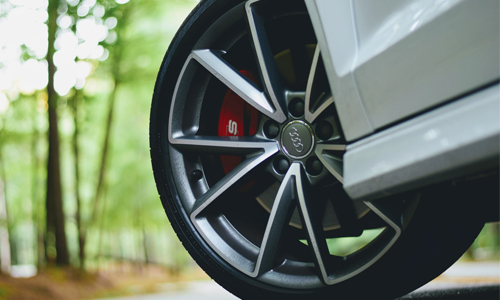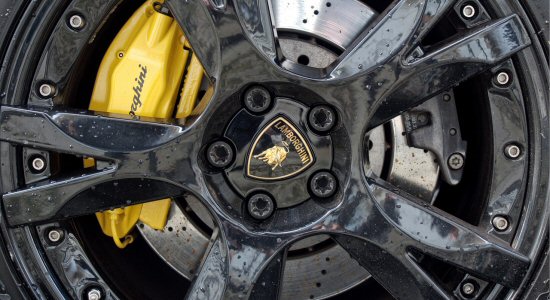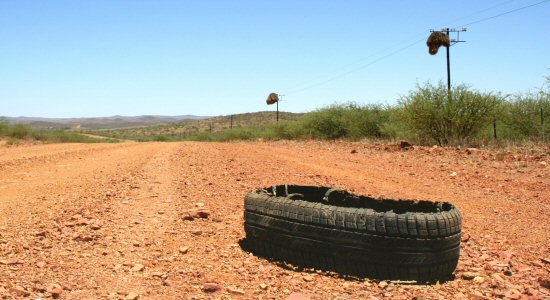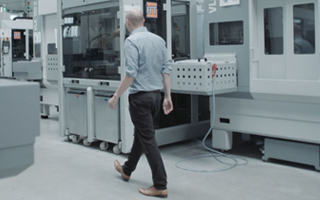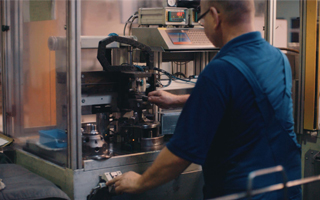Should You Change To Winter Tyres?
14th October 2019
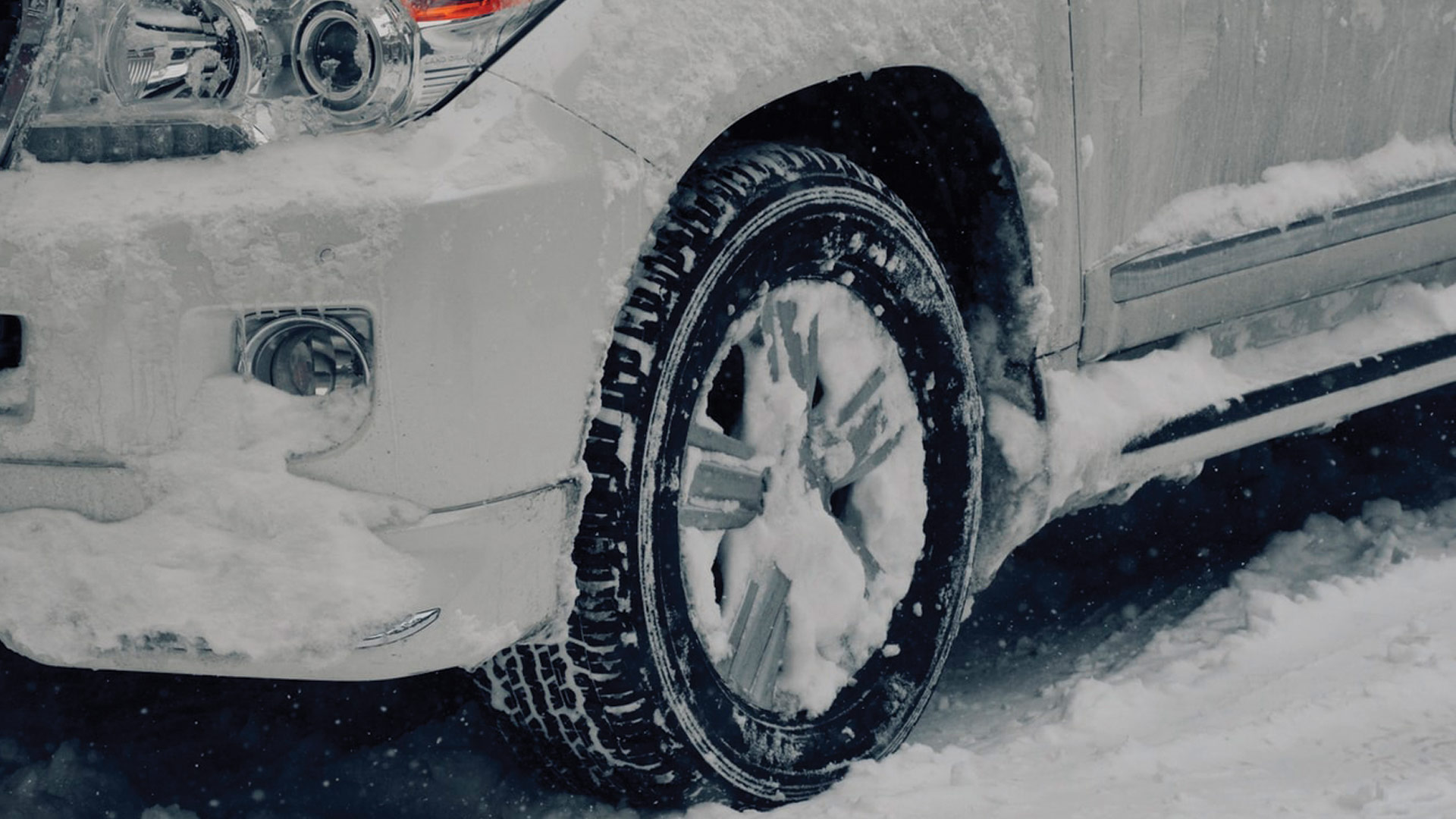
In case you hadn’t noticed it’s getting cold out there. The British summer was short-lived and not altogether tropical, though we did at least soak up the hottest July day on record!
Now however the days are getting shorter and there is an undeniable chill in the air. Soon attention will turn to log fires and gift buying, but before then motorists may want to brace themselves for Christmas another way.
Debating whether or not to fit winter tyres is something few Britons concern themselves with. Indeed, these modified wheels are more closely associated with Scandinavian countries and are in fact mandatory in the likes of Sweden and Austria. Failure to attach them in the latter between November and April will even cop you a 5,000 euro fine.
But given the changing climate and impending risk of snow, is it time us Brits considered winter tyres? Let’s take a look at what sets them apart…
Distinguishing Features
The major difference between this variety and what may be called traditional tyres is tread depth. Regular rubbers start between 7 and 8mm, while winter equivalents tend to stand at between 8 and 9mm. They are identifiable courtesy of a small snowflake symbol built into the sidewall, something few are even aware of.
Elsewhere grooves tend to be wider and deeper, creating a far larger channel through which snow and water can disperse and move around.
Then we have the make-up of the tyres themselves. The winter option contains a far larger percentage of natural rubber and silica in the compound, which is considerably softer. Why? Because unlike those made out of synthetic rubber, they won’t harden come the big frost, allowing for better grip as a result.
And that’s ultimately what it boils down to. When the cold takes hold you want to ensure your vehicle can withstand treacherous conditions, something made that bit likelier with improved traction and grip combined.
But what else do we know about the still lesser spotted winter tyre and what clear benefits do they afford drivers?
Benefits
Firstly, they work best below 7 degrees, a temperature sadly commonplace across the country from mid-Autumn onwards.
A common misconception is they only come into their own when snow abounds; not so. In fact, winter tyres fare very well in the wet and cold because of the aforementioned deeper tread and softer compounds. Moreover, they are unrivalled when it comes to ice and more importantly the black variety of it, which can prove fatal.
Their superior performance here his is due in part to impressive stop times. In a study by premium tyre manufactures Continental, it was found that cars fitted with winter tyres and were able to arrive at a full stop from 21mph in 35 metres on snowy conditions. For context a vehicle fitted with regular tyres ground to a halt in 43 metres – meaning their brakes have to be engaged far sooner.
When put to the test in icy conditions the evidence is even more conclusive, as Continental revealed winter tyres made for a complete stop 11 meters shorter than conventional equivalents.
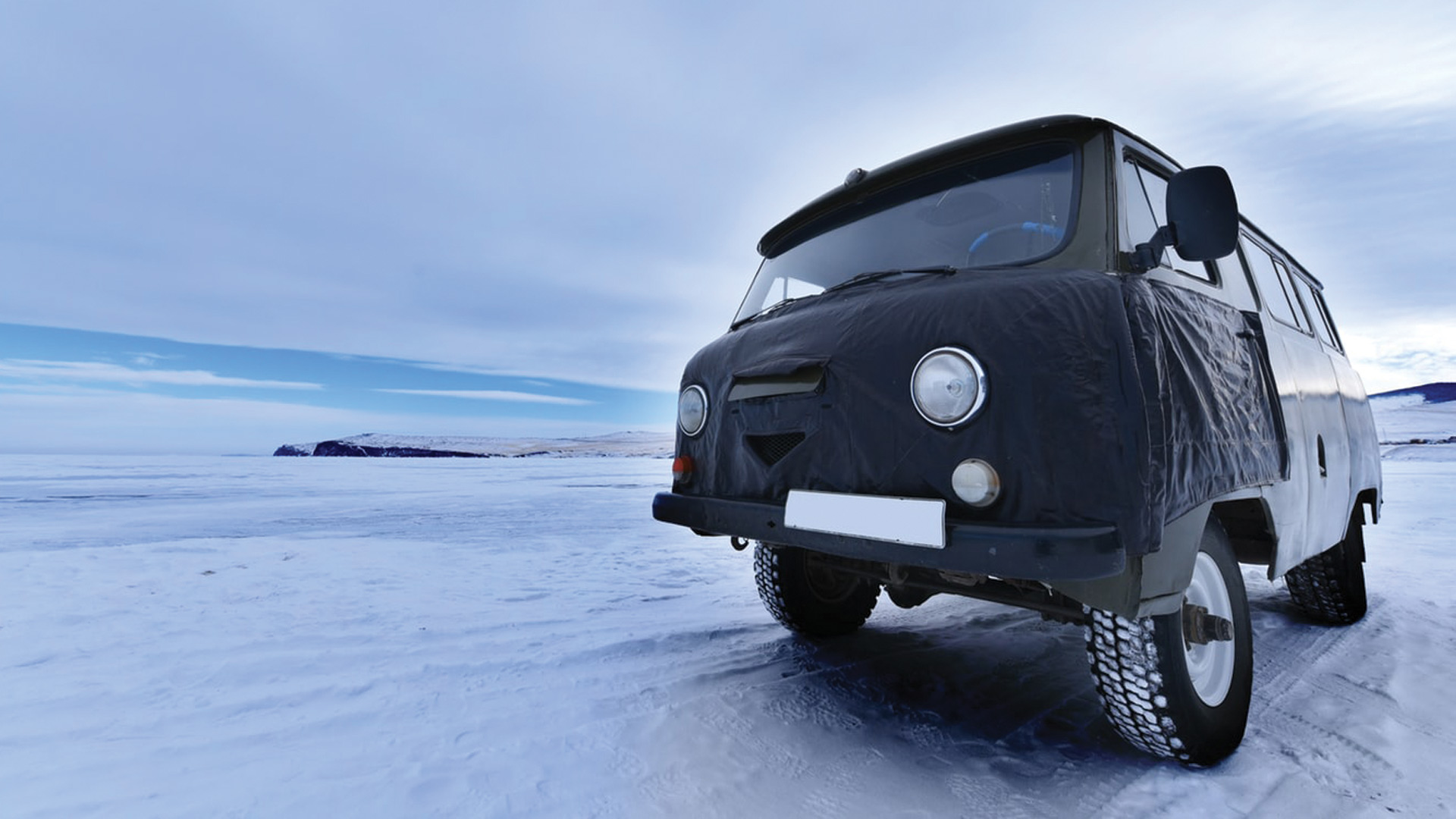
One of the sticks used to beat winter tyres meanwhile is the cost associated with them. This however requires perspective. An initial outlay of around £60 per tyre may seem steep in the short-term but in swapping out your regular set for three to four months you ensure their longevity do you not? Let’s face it, exposing the everyday option to the fiercest of climates will bring unwelcome wear and tear and expenditure in itself.
And should the worst happen? Yes, winter flats are available, contrary to certain beliefs.
For all the clear benefits however, winter tyres remain a rarity in our country.
Is their scarcity a result of a lack of understanding or perceived negatives? It’s fair to say there remain a few drawbacks to winter wheels.
Cons
We’ve already touched upon cost, which is often a deciding factor for any purchase, motoring or otherwise. Those ignoring long-term gains may baulk at an extra outlay, one which could reach £500 for a full set primed for a compact hatchback. Clearly this isn’t cheap.
That said, acquiring wheels for a four-wheel drive vehicle will likely cost you three times as much so context is certainly required here.
Thought must also be given to exactly what happens when things begin to warm. Indeed, if driven in temperatures above 7 degrees winter tyres are known to feel soft and uncertain, while stopping distances naturally take that bit longer.
You’ll also find that in addition to quicker degradation, the tyres conspire to use more fuel - never a good thing.
Storage is another problem, at least in some cases. Space and thought must go into keeping winter tyres in prime condition. Sure, enough they must be stored on their rims and never stacked as this will damage sidewalls faster than you’d imagine.
Your set should also be kept in a dark and dry environment – not something every driver has readily available. So important is storing winter tyres correctly that certain automakers offer it as a service – Citroen and Peugeot among them.
Finally, insurers like to be notified should you plan to change wheels, at least they did. Curiously insurance companies saw them as what’s called an ‘aftermarket modification’ and therefore wanted to be kept in the loop should a changeover ensue. The Association of British Insurers have recently moved to clarify this position however – stating:
“The major motor insurers have all confirmed that they would not class fitting winter tyres as a material modification and it would not impact on the premium. The one condition would be that they would expect such tyres to be fitted by a reputable garage or dealer, in accordance with the motor manufacturer's specifications.”
For many, it just isn’t worth the hassle.
But perhaps with greater understanding we’ll warm to them as it gets cold. They certainly present a better alternative to all weather equivalents which – unsurprisingly - aren’t as effective as standard tyres in summer nor winter tyres in winter. They also better snow socks and chains, which aren’t the easiest to fit.
A change in season sometimes warrants a change in approach and in this cold war it makes sense to arm yourself.


